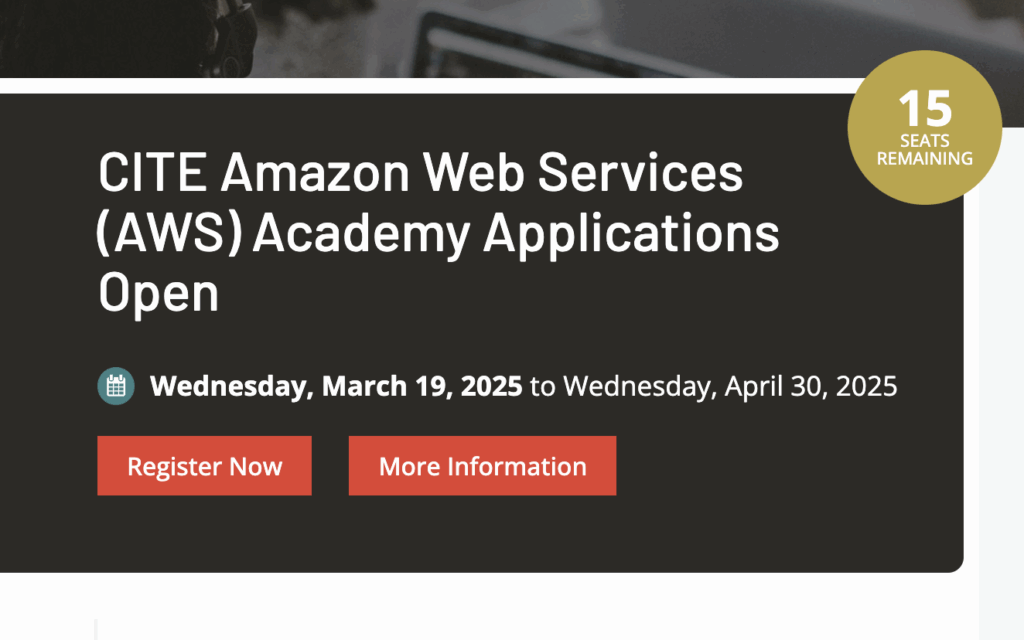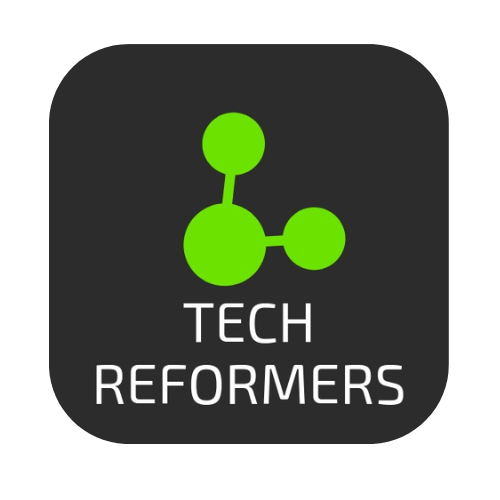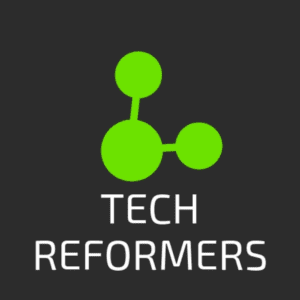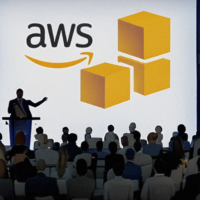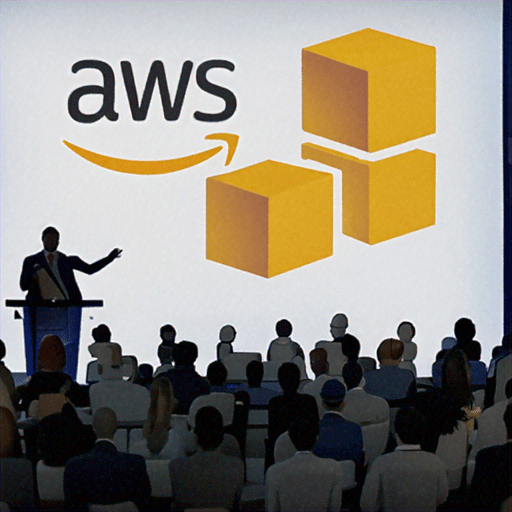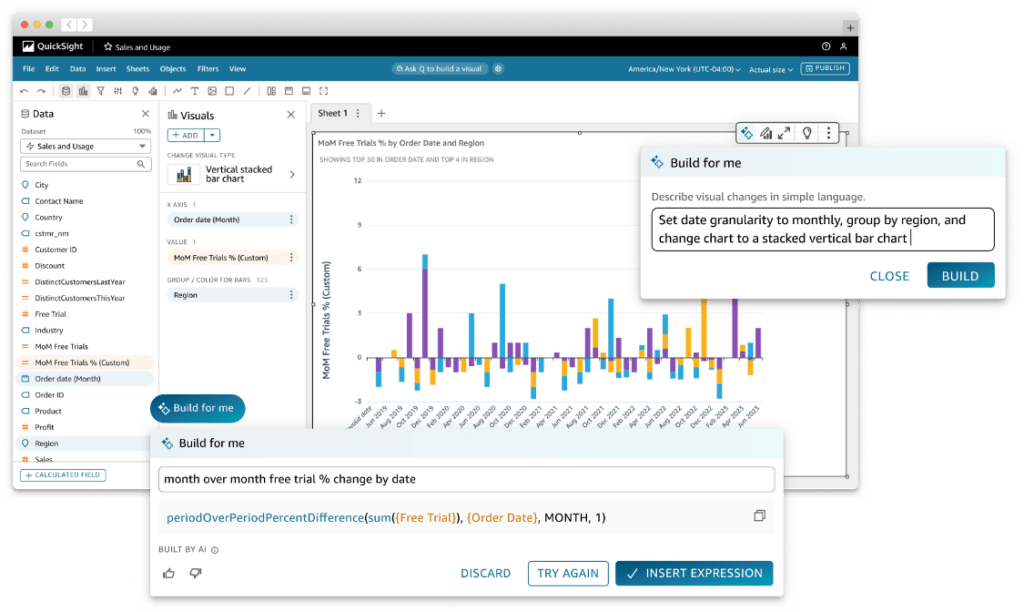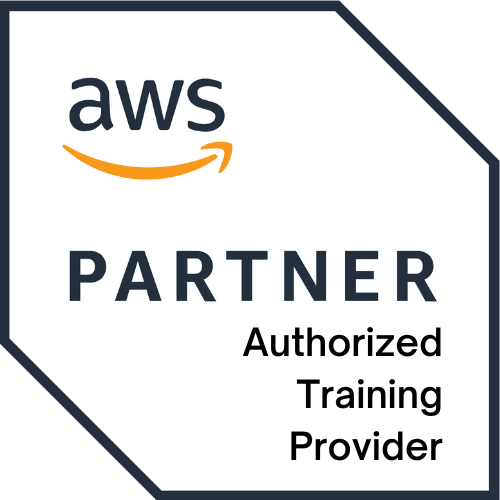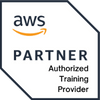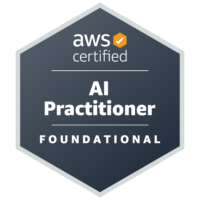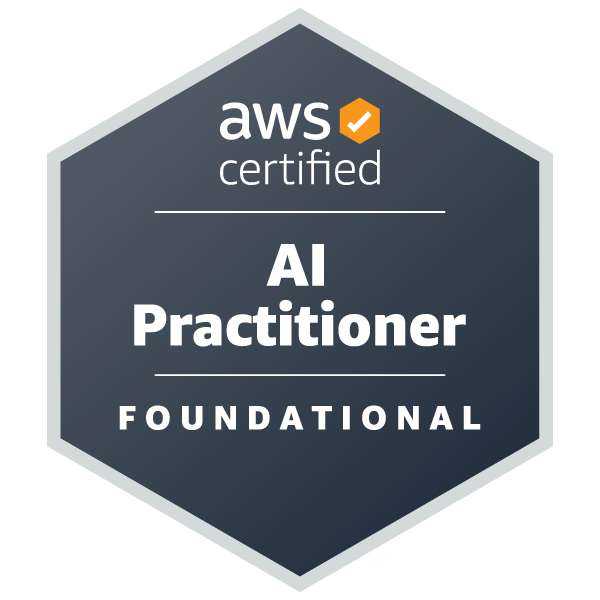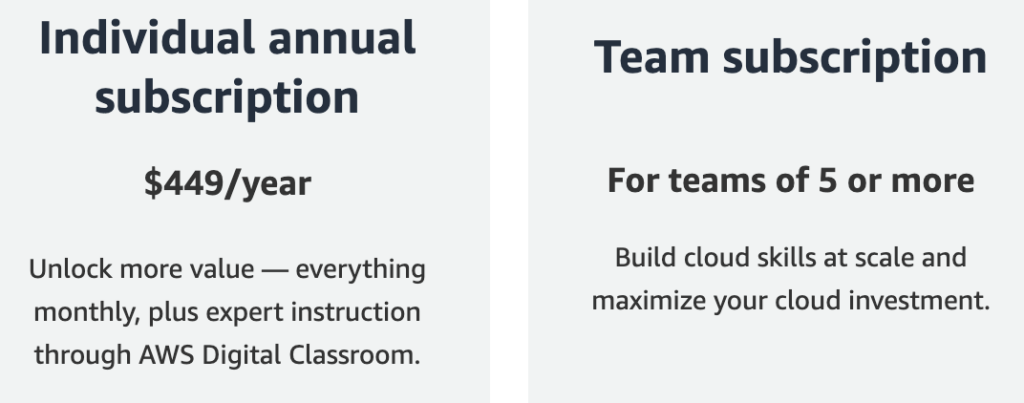

Whenever you save a file on your computer, multiple storage technology layers work perfectly to organize your data. This invisible hierarchy has shaped how we store and access information for decades, and now it's influencing the cloud services we use daily. This invisible hierarchy starts at the hardware level with block storage and builds up through operating systems to the file interfaces we use daily. Understanding this foundation becomes even more critical as cloud services like AWS have revolutionized how we think about data storage.
How Block Storage Creates the Foundation
At its most basic level, a computer hard drive begins life as raw storage space divided into uniform blocks, typically 512 bytes or 4KB in size. These blocks are like empty containers waiting to be filled with data. Before you can save your first file, these raw blocks need organization—a job that falls to the operating system and its file system.
Think of block storage as your computer’s physical real estate. Just as a plot of land needs streets and buildings before people can live there, your hard drive needs structure before it can store meaningful data. When your computer writes data to disk, it essentially assigns specific blocks to hold specific information and keeps track of which blocks belong to which files.
The Magic of File Systems
This is where file systems enter the picture. When an operating system formats a drive, it creates a logical structure that maps human-readable files and folders to those underlying blocks. Windows uses NTFS, macOS prefers APFS, and Linux typically employs ext4, but they all serve the same fundamental purpose: translating your request to save “report.docx” into a series of block-level operations.
The file system acts as a sophisticated address book. It remembers not just where each file lives, but also crucial metadata like when it was created, who can access it, and how large it is. This abstraction allows us to organize information in ways that make sense to humans, while the computer efficiently manages the physical storage underneath.
Network Storage: SANs and NAS Expand the Paradigm
As computing evolved, the need for shared storage across networks led to two distinct approaches: Storage Area Networks (SANs) and Network-Attached Storage (NAS). These technologies take the block-file relationship we’ve established and apply it in different ways.
SANs deliver raw block storage over high-speed networks, essentially extending the block-level access that local drives provide. When a server connects to a SAN, it sees additional storage devices as if they were directly attached. The server’s operating system then formats these blocks and manages its own file system, maintaining the same control it would have over local storage.
SANs typically use protocols like Fibre Channel, iSCSI, or FCoE (Fibre Channel over Ethernet). They provide high performance and low latency, making them suitable for applications that need direct disk access.
NAS takes a different approach by providing file-level access over standard network protocols. Instead of getting raw blocks to manage, users connect to an already-formatted file system. The NAS device handles all the block-to-file translation internally, presenting a ready-to-use storage system that multiple users can access simultaneously.
NAS devices provide file-level access over standard network protocols like NFS, SMB/CIFS, or AFP.
Key Differences
The fundamental difference is that SANs operate at the block level (like raw disk access) while NAS operates at the file level. With SANs, the servers maintain control of the file system, while with NAS, the storage device itself manages the file system.
This distinction affects performance, management, and use cases – SANs are often used for high-performance database applications and virtualization, while NAS is commonly used for file sharing and collaborative workflows.
AWS: Cloud Storage Follows Traditional Patterns
AWS has essentially deployed these traditional storage concepts, though it doesn’t explicitly call them SANs or NAS. EBS (Elastic Block Store) functions remarkably like a SAN, providing raw block volumes that EC2 instances can attach and format according to their needs. Each EBS volume acts as an independent disk, requiring the instance’s operating system to manage the file system.
In contrast, Amazon EFS (Amazon Elastic File System) and Amazon FSx for Windows File Server behave like managed NAS solutions. These services present fully functional file systems that multiple EC2 instances can access concurrently.
FSx for Windows uses the SMB protocol, and EFS provides a fully managed NFSv4 file system typically used by Linux.. Multiple EC2 instances can access these shared file storage systems
AWS handles all the underlying complexity of block management, leaving users free to focus on organizing their files and applications.
Why This Matters Today
Understanding this storage hierarchy helps explain why certain operations work the way they do. When you attach an EBS volume to an EC2 instance, you’ll need to format and mount it, just like adding a new hard drive to your computer. But when you connect to EFS, you’re ready to start creating files immediately.
These fundamental principles remain relevant whether you’re managing a single laptop or architecting AWS infrastructure. The abstraction from blocks to files to network storage has shaped how we build and interact with systems, and continues to influence new storage technologies as they emerge. By recognizing these patterns, we can make better decisions about which storage solutions best fit our specific needs.
Keep an eye out for a future article about object storage.



